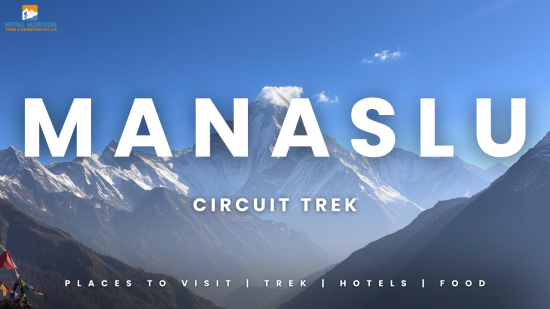Everest Base Camp Trek in July: What to Expect During the Monsoon Adventure
21st June 2025
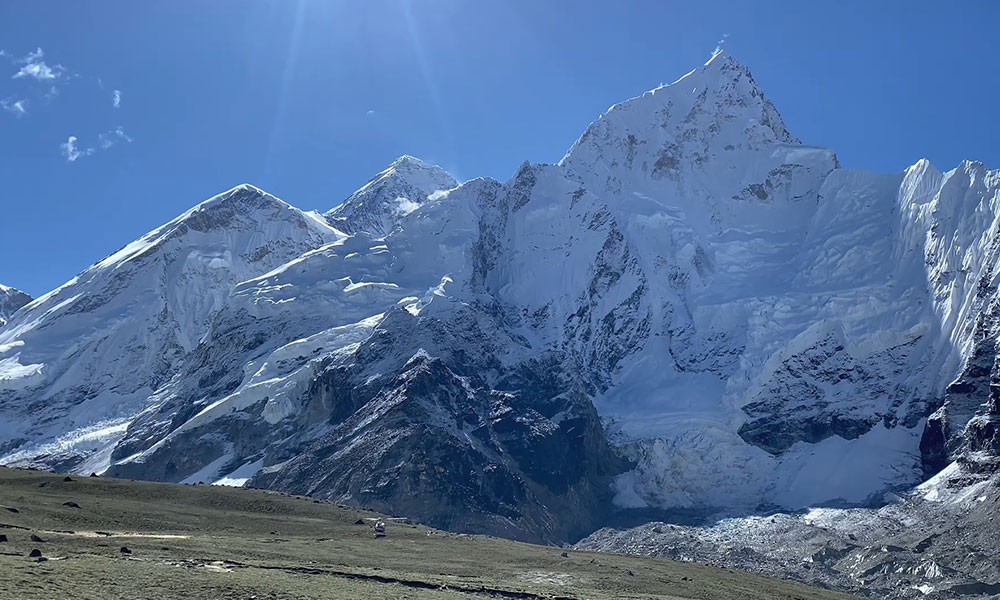
The Everest Base Camp Trek is one of the world’s most iconic trekking experiences, offering adventurers the chance to walk in the footsteps of mountaineering legends. While most trekkers opt for the clear skies of spring or autumn, July presents a completely different side of the Himalayas. With the monsoon rains in full swing, this off-season trek isn’t without challenges—but it also holds unique beauty and rewards that are often overlooked.
If you’re considering the Everest Base Camp Trek in July, here's everything you need to know about what to expect, how to prepare, and why this month might be just the right fit for a certain kind of adventurer.
Weather Conditions: Rainy, Humid, and Unpredictably Beautiful
July is deep into Nepal’s monsoon season. Expect daily rainfall, particularly in the lower altitudes, along with high humidity and slippery trails. While that might sound like a deterrent, it also means:
-
Lush, green landscapes and vibrant flora.
-
Fewer crowds on the trails.
-
Occasional crystal-clear views after rainfall when clouds part dramatically.
Keep in mind that while rain is common in the lower elevations, places above Namche Bazaar tend to be drier. Also, the higher you climb, the less likely you'll experience heavy rain—though fog and mist can still affect visibility.
Trail Conditions and Accessibility
The trails along the Everest Base Camp Trek can be muddy and slippery during July. Landslides may occur in some lower sections, especially near Lukla and Phakding. While domestic flights to and from Lukla often still operate, weather delays are frequent.
For safety, always trek with a guide during the monsoon. They’re not only knowledgeable about the terrain but can also help reroute you if needed. Ensure your gear includes:
-
Waterproof boots with good grip
-
Rain gear (poncho or rain jacket and waterproof pants)
-
A sturdy trekking pole
-
A waterproof cover for your backpack
Teahouses: Availability and Comfort
One advantage of trekking in July is the availability of accommodation. Most teahouses remain open, and with fewer tourists, you can expect quieter stays, quicker service, and even room upgrades at no extra cost. This is a welcome change from peak seasons when booking in advance is often necessary.
However, some smaller lodges or remote teahouses may temporarily close during monsoon. Always check ahead with your guide or agency before setting off.
Health and Safety Tips
Trekking during the monsoon season means taking extra care to avoid health issues:
-
Watch your footing: Trails are slippery, and leeches are common in lower altitudes. Wearing leech-resistant socks or spraying your boots with saltwater helps.
-
Food safety: Stick to hot, freshly cooked meals. Avoid salads or raw vegetables, which may be washed in untreated water.
-
Stay hydrated: Monsoon humidity can cause dehydration even if you don’t feel thirsty. Carry purification tablets to treat water on the trail.
Photography and Scenery
While the panoramic mountain views may be elusive during July, photography lovers will appreciate the rich greens, dramatic cloudscapes, and the play of light between rainstorms. Rivers swell, waterfalls roar, and alpine flowers bloom—adding a different kind of visual drama to the trek.
If your goal is to photograph Everest in full glory, it’s a gamble—but sometimes, the best shots come after the rain.
How It Compares: EBC vs Annapurna vs Manaslu in July
If you're open to alternatives, here’s a quick look at how the Annapurna Base Camp Trek and Manaslu Circuit Trek compare in July:
-
Annapurna Base Camp Trek: Similar to Everest, the Annapurna region gets heavy rain in July. However, the lushness of the landscape is stunning, and waterfalls are everywhere. The trail is lower in elevation, which means more consistent rain but also warmer conditions.
-
Manaslu Circuit Trek: Being in a more remote region, Manaslu receives even fewer trekkers during monsoon. This trek can be particularly tricky during July due to landslides and poor trail conditions. However, if you're seeking complete solitude and raw Himalayan wilderness, it's a contender—just be extra prepared.
Is July the Right Time for You?
The Everest Base Camp Trek in July is best suited for those who:
-
Have a flexible schedule (in case of delays).
-
Prefer solitude over clear skies.
-
Are well-prepared for wet, slippery conditions.
-
Want to experience the Himalayas in their wild, uncrowded glory.
If you're looking for sunny views and a higher chance of seeing Everest’s peak, aim for April–May or October–November. But if you're after a quieter, greener, and more introspective adventure—July might surprise you in the best way.
Final Thoughts
Trekking to Everest Base Camp in July offers a unique opportunity to connect with nature in its rawest form. While the monsoon presents its own set of challenges, the rewards are equally great for those ready to embrace the season. With proper preparation, a positive mindset, and a reliable guide, this trek can become one of the most memorable journeys of your life.
everest base camp trek
everest base camp
everest base camp trek cost
mount everest base camp
everest base camp hike
mount everest base camp trek
ebc trek
mt everest base camp
everest base camp tour
everest base camp trip
Recent From Blogs
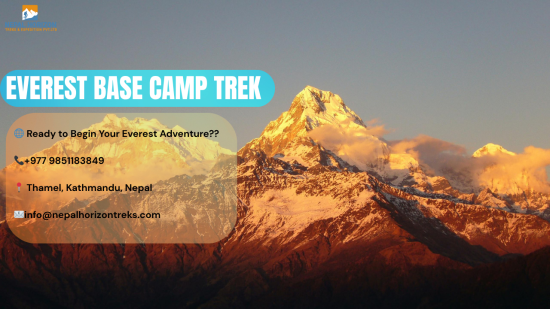
28th October 2025
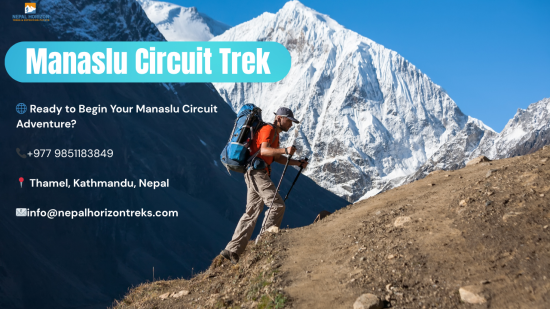
25th October 2025
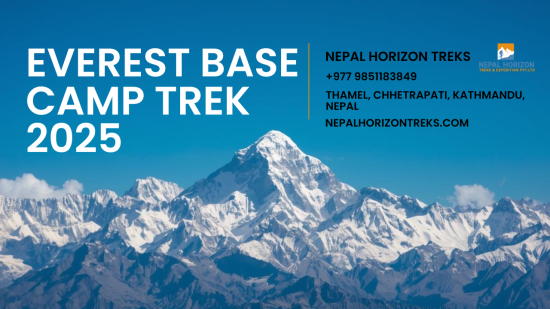
24th October 2025
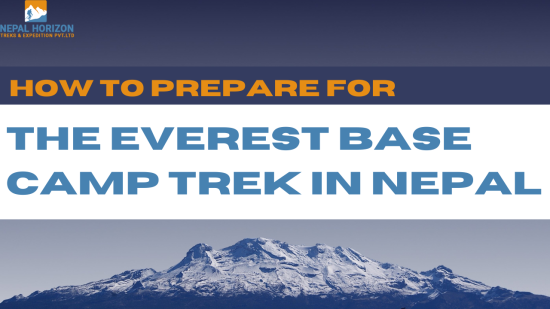
18th October 2025
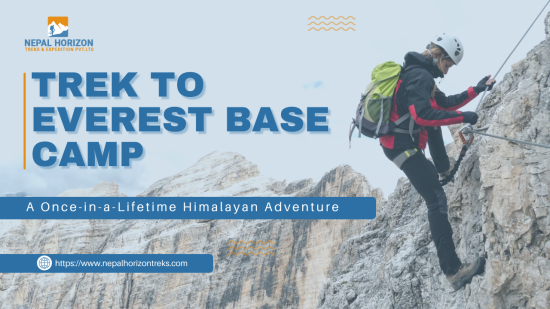
14th October 2025
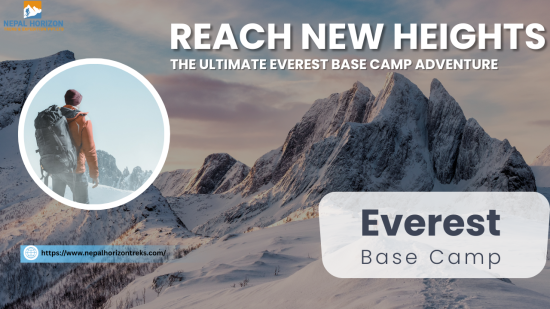
12th October 2025
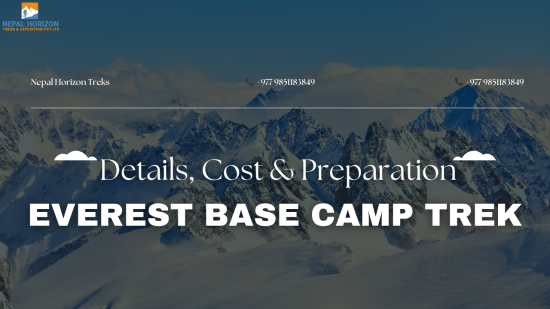
10th October 2025

7th October 2025


